Dinosaurs have captivated human imagination since the first fossilized remains were scientifically recognized in the early 19th century. Yet our understanding of these magnificent creatures continues to evolve dramatically with each new discovery. Modern paleontology has transformed from simply collecting bones to a sophisticated multidisciplinary science that combines geology, biology, chemistry, and advanced imaging technologies. Through meticulous detective work, scientists extract remarkable details from fossilized remains that allow us to reconstruct not just the physical appearance of dinosaurs, but their behaviors, environments, and evolutionary history. This scientific sleuthing continually challenges and refines our understanding of Earth’s prehistoric past, sometimes overturning long-held assumptions about these ancient reptiles.
The Birth of Dinosaur Paleontology

The scientific study of dinosaurs began in earnest in the early 1800s, with notable discoveries by figures like Mary Anning in England and later Gideon Mantell, who described Iguanodon in 1825. William Buckland’s analysis of Megalosaurus in 1824 marked the first formal scientific description of what would later be classified as a dinosaur. Sir Richard Owen coined the term “Dinosauria” in 1842, recognizing these fossils represented a distinct group of extinct reptiles. The early paleontologists faced significant challenges, working with incomplete specimens and lacking modern scientific techniques, yet they established the foundations of dinosaur science. Their initial interpretations portrayed dinosaurs as slow, lumbering creatures—an image that would persist in the public imagination for over a century before modern paleontology would thoroughly rewrite this understanding.
Bone Detectives: Reading the Microscopic Evidence

Modern paleontologists extract remarkable information from fossilized bones by examining their microscopic structure. Histology—the study of bone tissue at the cellular level—reveals growth patterns that can determine a dinosaur’s age, growth rate, and even metabolic activity. Scientists carefully slice fossils into wafer-thin sections that can be examined under powerful microscopes, revealing growth rings similar to those found in trees. These rings indicate periods of rapid growth and slowdown, helping scientists determine whether a specimen was juvenile or adult when it died. Microscopic analysis has revealed that many dinosaurs, particularly theropods and sauropods, grew rapidly during their early years, much like modern birds rather than reptiles. This evidence has fundamentally changed our understanding of dinosaur physiology, suggesting many species were warm-blooded rather than cold-blooded as originally believed.
Chemical Signatures: Isotope Analysis and Ancient Diets
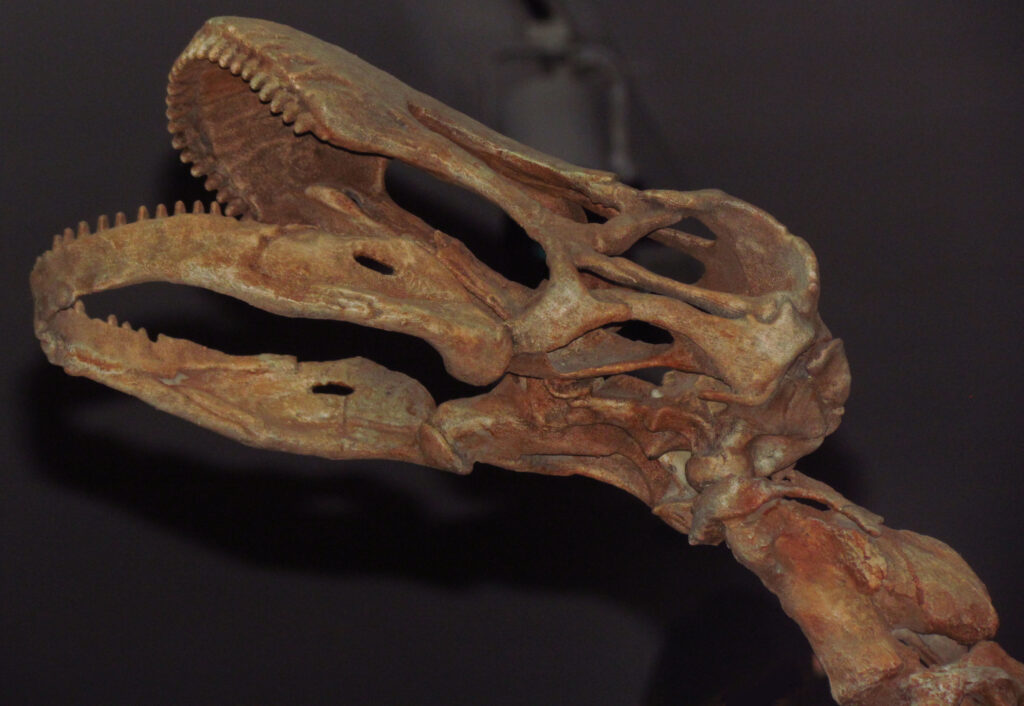
Fossilized bones contain chemical isotopes that serve as time capsules of environmental information from millions of years ago. By analyzing stable isotope ratios of elements like carbon, oxygen, and strontium in dinosaur remains, scientists can determine aspects of diet, habitat, and even migration patterns. Carbon isotopes reveal whether a dinosaur consumed C3 plants (like trees and shrubs) or C4 plants (like grasses), helping reconstruct ancient food webs with remarkable precision. Oxygen isotope ratios provide clues about ancient climates and drinking water sources, while strontium isotopes can indicate whether an animal migrated between different geological regions during its lifetime. In a groundbreaking study of Maiasaura teeth, researchers found seasonal variations in isotope profiles, suggesting these hadrosaurs migrated annually to follow food resources. These chemical detective techniques have transformed paleontology from a descriptive science to one that reveals intricate details about prehistoric ecosystems and behaviors.
Biomechanics: How Dinosaurs Really Moved
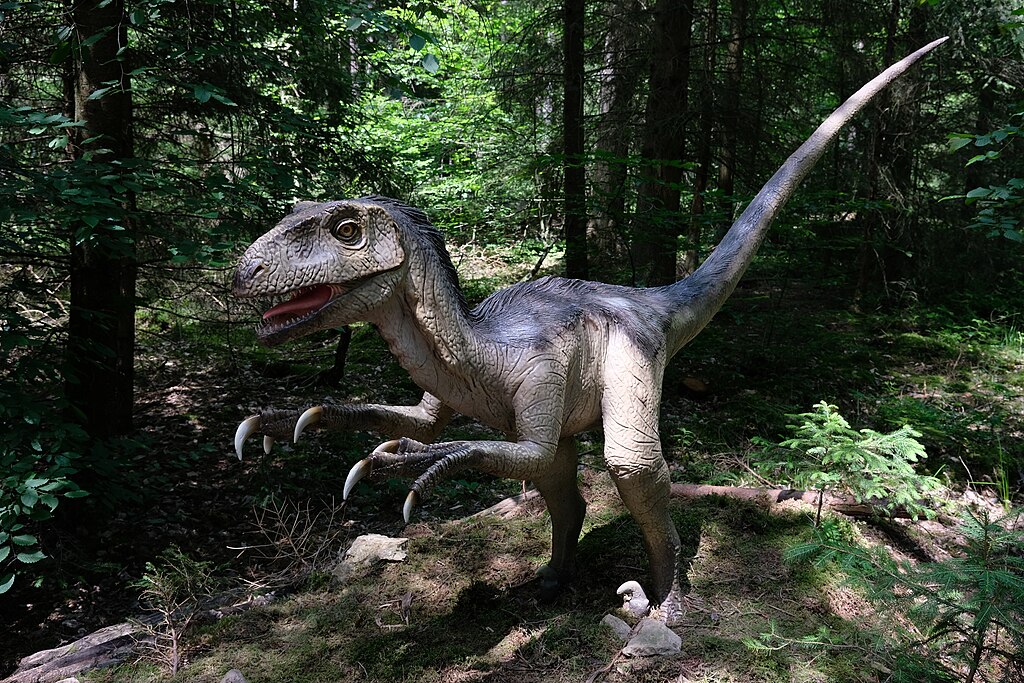
Understanding how dinosaurs moved requires sophisticated biomechanical analysis of their skeletal structure. Modern researchers use engineering principles, computer modeling, and comparative anatomy to reconstruct dinosaur locomotion with unprecedented accuracy. Muscle attachment sites on bones provide crucial evidence for determining which muscles were present and how powerful they might have been. The orientation of joints reveals the range of motion possible in limbs, tails, and necks. Studies of Tyrannosaurus rex have dramatically revised estimates of its running speed, with current models suggesting a top speed of around 12-17 mph rather than the 45 mph depicted in popular media. Biomechanical analysis of sauropod necks has challenged the traditional portrayal of these giants holding their necks high, suggesting instead that many species kept their massive necks in more horizontal positions. These biomechanical investigations continue to refine our understanding of how these ancient animals functioned as living, moving organisms.
The Revolutionary Impact of CT Scanning
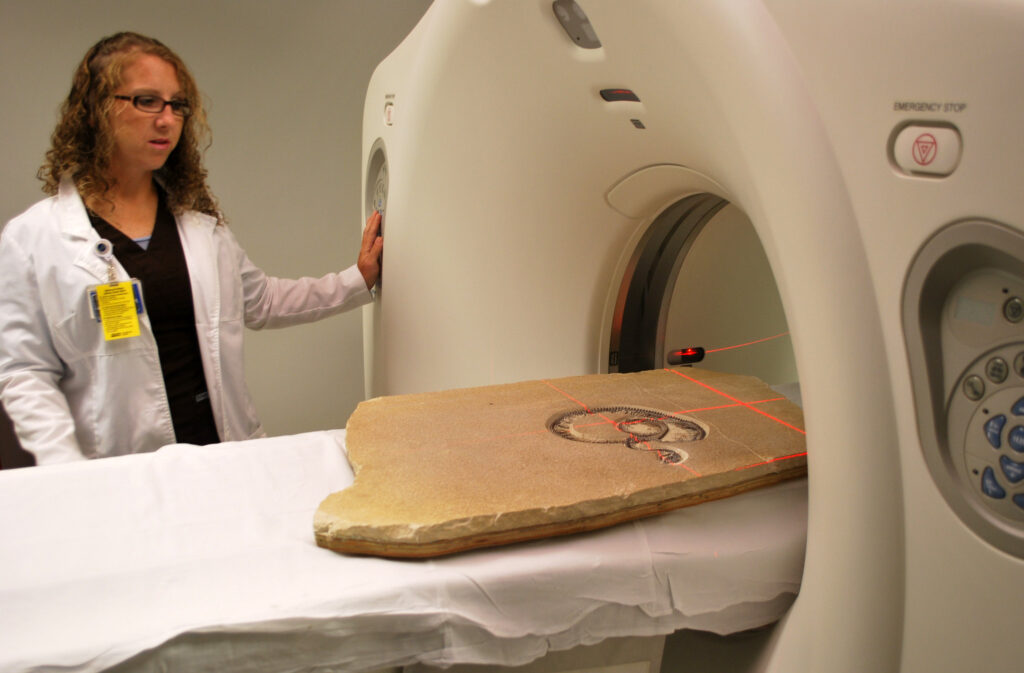
Computed tomography (CT) scanning has revolutionized paleontology by allowing scientists to see inside fossils without damaging them. This technology creates detailed three-dimensional images of internal structures that would otherwise remain hidden within solid rock. CT scans have revealed previously inaccessible features like brain cases, sinuses, and delicate internal bones, providing crucial information about sensory capabilities and neurological development. In studies of Tyrannosaurus rex skulls, CT scans demonstrated large olfactory bulbs, suggesting these predators had an excellent sense of smell for tracking prey. The technology has also allowed paleontologists to examine fossils still partially embedded in matrix, speeding up analysis and preservation. Perhaps most remarkably, CT scanning has enabled scientists to study the nasal passages of lambeosaurine hadrosaurs, revealing complex resonating chambers that likely produced distinctive vocalizations, giving us insights into how these “duck-billed” dinosaurs might have sounded.
Feathered Discoveries: Rewriting Dinosaur Appearance
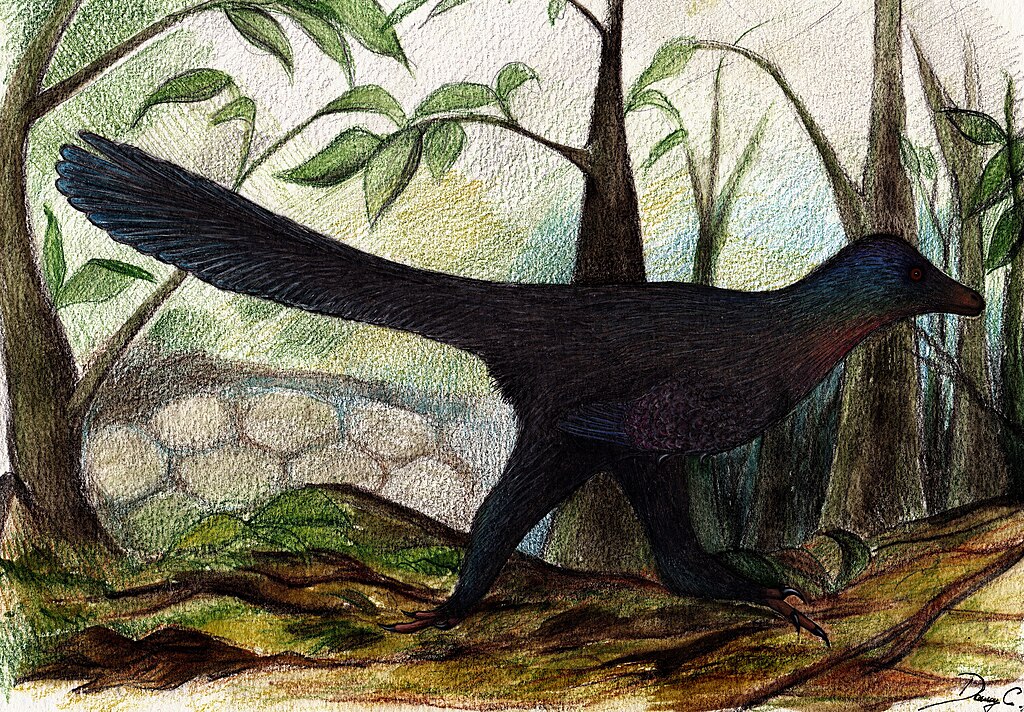
The discovery of feathered dinosaur fossils, primarily from China’s Liaoning Province, has fundamentally transformed our understanding of dinosaur appearance and their evolutionary relationship to birds. These exquisitely preserved specimens reveal impressions of feathers and proto-feathers surrounding skeletal remains, providing direct evidence that many theropod dinosaurs were covered in feathery structures. The small theropod Sinosauropteryx, discovered in 1996, showed primitive feather-like filaments, while later discoveries like Microraptor revealed fully-developed flight feathers on both forelimbs and hindlimbs. Chemical analysis of some exceptionally preserved fossils has even revealed melanosomes—cellular structures containing pigment—allowing scientists to determine the actual colors of certain dinosaur feathers. These discoveries have not only changed how we visualize dinosaurs but have solidified the evolutionary connection between dinosaurs and modern birds, effectively establishing that birds are, in fact, living dinosaurs that survived the mass extinction event 66 million years ago.
Nesting Behavior and Parental Care

Fossil discoveries of dinosaur nests, eggs, and juvenile specimens have provided remarkable insights into reproductive behaviors and parental care among different dinosaur species. The discovery of Maiasaura (“good mother lizard”) nesting grounds in Montana revealed colonies of nests with evidence suggesting these hadrosaurs cared for their young in the nest before the juveniles could walk. Careful examination of embryonic remains inside fossilized eggs has revealed details about dinosaur development, including growth rates and bone formation. In Mongolia’s Gobi Desert, a Oviraptor specimen was found in a brooding position atop a nest, challenging earlier assumptions that it was stealing eggs and instead demonstrating bird-like nesting behavior. Microscopic analysis of dinosaur eggshells provides clues about incubation strategies, with some species likely burying their eggs like modern reptiles while others directly incubated them like birds. These discoveries have dramatically changed our understanding of dinosaur social behavior, suggesting many species had complex parental care systems rather than simply abandoning their eggs.
Disease and Injury: Paleontological Pathology

Fossilized bones preserve evidence of injuries, infections, and diseases that affected dinosaurs during their lives, creating a field known as paleopathology. By studying abnormal bone structures, scientists can identify specific maladies and even determine whether injuries healed, indicating the animal survived for some time afterward. A famous Allosaurus specimen nicknamed “Big Al” displays multiple pathologies, including a toe infection that likely caused lameness and may have contributed to its death. Tyrannosaurus specimens frequently show evidence of bite marks, some inflicted by other tyrannosaurs, suggesting intraspecific combat or possibly cannibalism. Hadrosaur specimens have revealed evidence of cancer, including osteosarcoma (bone cancer) similar to that affecting humans today. These pathological studies provide fascinating glimpses into the biological challenges dinosaurs faced and their capacity to survive injuries, offering insights into their physiology and behavior that could never be determined from healthy specimens alone.
Track Ways and Footprint Analysis
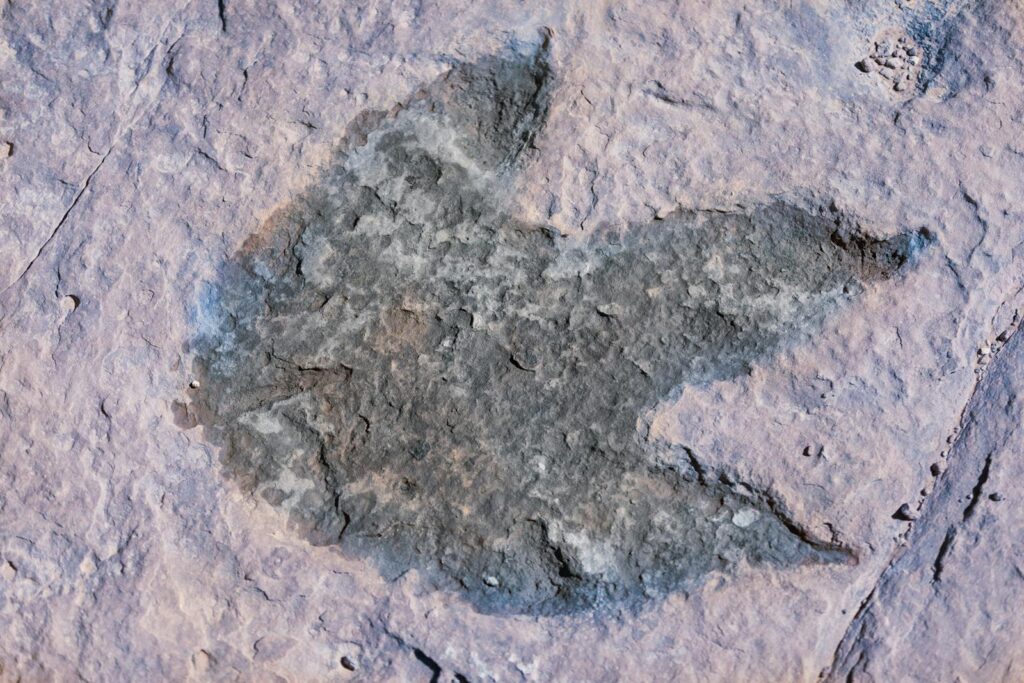
Fossilized dinosaur footprints provide unique information about behavior and movement that skeletal remains alone cannot reveal. Unlike bones, which typically represent a single individual at the moment of death, trackways capture dinosaurs in motion, potentially interacting with others. Careful analysis of stride length, foot placement, and depth of impression allows paleontologists to calculate walking and running speeds with remarkable accuracy. Parallel trackways of the same species can indicate group movement and social behavior, as seen in sauropod tracks from Texas that suggest these massive animals traveled in herds with juveniles protected in the center. The discovery of theropod tracks alongside sauropod prints has provided evidence of predator-prey interactions, sometimes even capturing hunting behaviors. Track sites in South Korea have revealed hundreds of pterosaur landing traces, showing how these flying reptiles interacted with shoreline environments. These trace fossils effectively capture “moments in time” from the Mesozoic era, providing behavioral data impossible to determine from body fossils alone.
Mass Extinction Detectives: The K-Pg Boundary
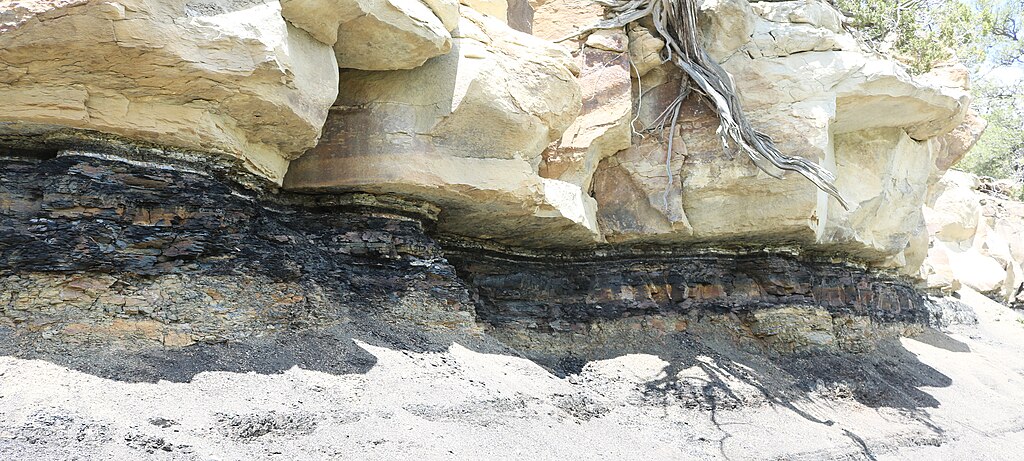
The extinction event that ended the reign of non-avian dinosaurs approximately 66 million years ago has been the subject of intensive investigation. The discovery of the iridium-rich clay layer at the Cretaceous-Paleogene (K-Pg) boundary by Luis and Walter Alvarez in the late 1970s provided the first substantial evidence for the asteroid impact hypothesis. Subsequent discovery of the Chicxulub crater in Mexico’s Yucatán Peninsula confirmed this massive impact occurred at precisely the right time. Bone beds from sites like Hell Creek Formation in Montana have allowed paleontologists to study the final dinosaur communities before extinction, revealing a diverse ecosystem that disappeared suddenly rather than gradually. Microscopic analysis of sediments at the boundary layer shows evidence of tsunami deposits, shocked minerals, and impact spherules—tiny glass beads formed from rock vaporized by the asteroid impact. These multiple lines of evidence have helped scientists reconstruct the catastrophic climate effects that followed the impact, including global wildfires, acid rain, and a prolonged “impact winter” that devastated ecosystems worldwide.
Modern Technologies: DNA and Protein Preservation
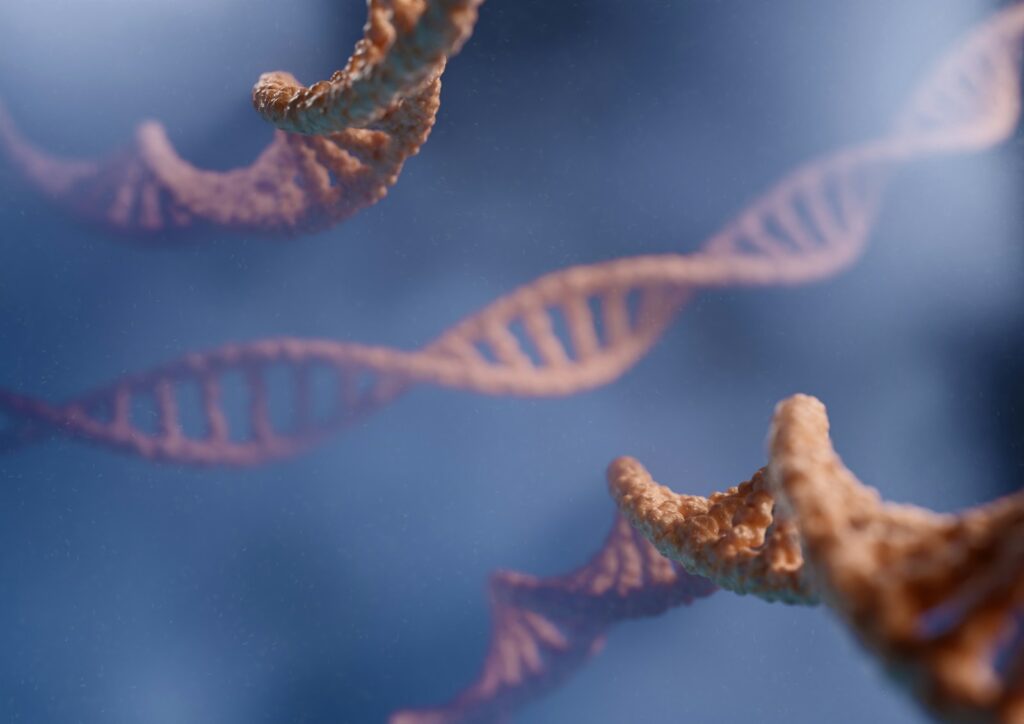
While recovering complete dinosaur DNA remains beyond current scientific capabilities (despite fictional portrayals), researchers have made remarkable progress in extracting and analyzing protein fragments from dinosaur fossils. In 2007, scientists reported recovering collagen proteins from a 68-million-year-old Tyrannosaurus rex specimen, though this finding remains controversial in the scientific community. More recent studies using mass spectrometry have identified protein fragments in 75-million-year-old dinosaur claws, providing molecular evidence that further confirms the evolutionary relationship between dinosaurs and birds. Advanced techniques like Raman spectroscopy can detect traces of original biological molecules in exceptionally preserved fossils without destroying the specimens. While we may never recover dinosaur DNA intact enough to clone these animals, these molecular studies provide unprecedented insights into dinosaur physiology at the biochemical level. These techniques continue to advance rapidly, pushing back the boundaries of what information can be extracted from ancient remains.
Rewriting Dinosaur Social Lives
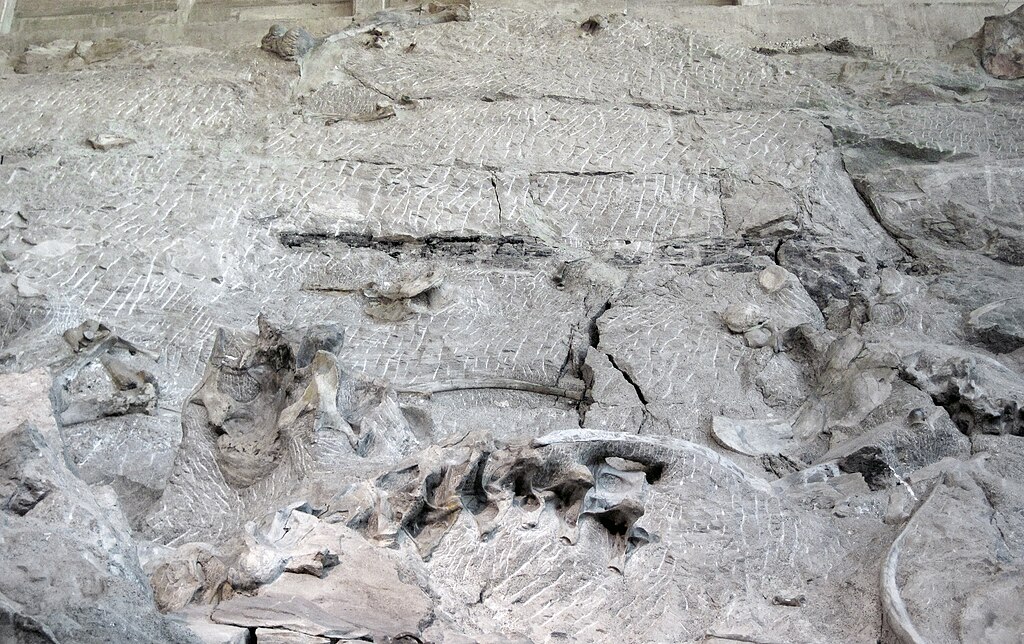
Evidence from multiple sources has dramatically transformed our understanding of dinosaur social behavior, revealing complex interactions previously unrecognized. The discovery of massive bone beds containing hundreds or thousands of individuals of the same species strongly suggests gregarious behavior in many dinosaurs. Centrosaurus bone beds in Alberta, Canada, indicate these horned dinosaurs may have formed herds numbering in the thousands, possibly as protection against predators. Evidence from trackways showing multiple individuals moving in the same direction at the same time further supports herd behavior. Studies of Maiasaura nesting colonies suggest these dinosaurs returned to the same nesting grounds repeatedly, implying complex social organization. Careful analysis of tyrannosaur feeding sites indicates these predators may have hunted in family groups or loose packs during certain life stages, rather than being strictly solitary hunters as traditionally portrayed. These discoveries paint a picture of dinosaurs as highly social creatures with complex intraspecific interactions, challenging the older view of dinosaurs as primitive, solitary animals.
Citizen Science and Amateur Discoveries
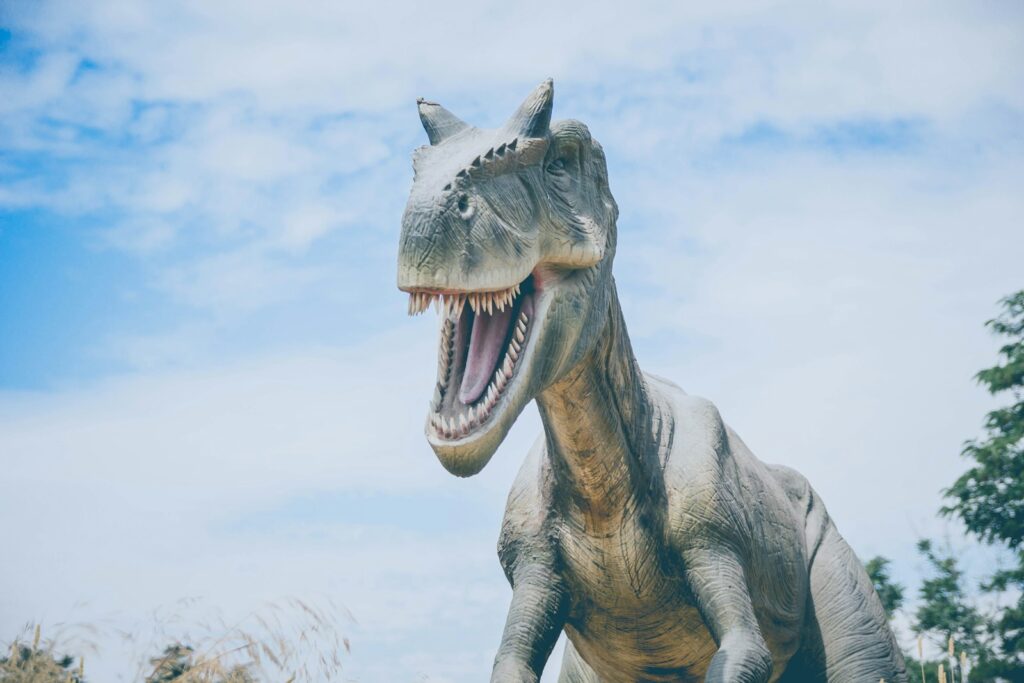
While professional paleontologists lead the scientific study of dinosaurs, amateur fossil hunters and citizen scientists have made crucial contributions to the field. The first Tyrannosaurus rex skeleton was discovered by amateur collector Barnum Brown in 1900, revolutionizing our understanding of predatory dinosaurs. In 1964, fossil-hunting siblings Keith and Elmer Ott discovered what would later be named Deinonychus, a discovery that helped launch the “Dinosaur Renaissance” by providing evidence for active, agile dinosaurs. More recently, in 2013, amateur fossil hunter Jason Schein discovered a previously unknown horned dinosaur in Utah that was later named Spiclypeus shipporum. Many museums and research institutions now organize citizen science projects that allow volunteers to participate in excavations or help prepare specimens in laboratories. These collaborative approaches not only accelerate scientific discovery but also build public engagement with paleontology, ensuring broader support for dinosaur research and conservation of fossil sites for future generations.
The field of dinosaur paleontology exemplifies scientific detective work at its finest—piecing together an intricate puzzle from fragmentary evidence separated from us by tens of millions of years. Each new technological advancement and methodological innovation allows scientists to extract more information from fossils, continually refining our understanding of these magnificent creatures. From microscopic bone structure to chemical isotope signatures, from CT scans to protein analysis, modern paleontologists employ sophisticated tools that would have seemed like science fiction to their predecessors. These advances have transformed our view of dinosaurs from sluggish, primitive reptiles to active, intelligent animals with complex behaviors and social lives—many with bright feathers, parental care, and metabolisms more similar to birds than to modern reptiles. As techniques continue to evolve, we can expect even more dramatic revelations from the fossil record, further rewriting the history of life on Earth and deepening our understanding of these extraordinary animals that dominated our planet for over 160 million years.



